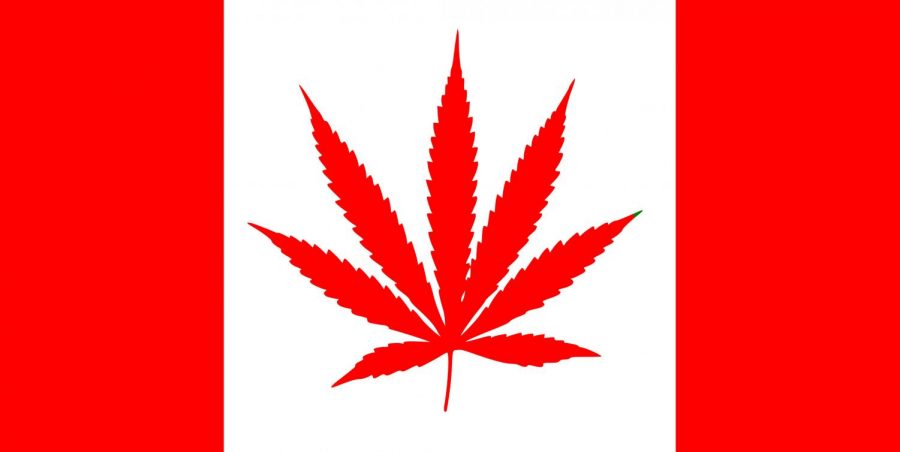Marijuana legalization in Canada sets a precedent for others to follow
October 25, 2018
This past week, Canada became the first G7 nation to legalize marijuana, and the second nation to do so, behind Uruguay. This move will have long term effects on Canadian society and also puts pressure on the rest of the world to legalize marijuana. The legal age to smoke is 18 in Alberta and Quebec, but 19 in the other provinces. Over the first weekend, nearly all the dispensaries ran out of supply, which seems to imply that many Canadians were satisfied with the move made by the government.
So why did the Canadian government decide to legalize the substance? The move stems from a campaign pledge of Prime Minister Justin Trudeau to keep marijuana away from underage users and curb marijuana-related crime. By providing users with government-sanctioned dispensaries, the need for a middle man is eliminated, and the risks that are a byproduct of the illegal trade of the substance also decrease. Canada also implemented laws regarding driving under the influence and using the substance while underage. Furthermore, the law is expected to add more than $4 billion to the Canadian economy.
Where does this leave the United States? There are numerous states with full legalization, but the federal government still classifies marijuana in the same category as heroin. In 2016, heroin was linked to 15,500 deaths in the United States, with the number of overdose deaths increasing five-fold between 2010 and 2016. As for marijuana, the Drug Enforcement Administration has reported zero related deaths. So why is it still classified this way, and what is holding us back from legalization?
For starters, the percentage of incarcerated Americans with drug-related offenses is 46.1 percent, and for-profit prisons need to fill up their beds. Marijuana is popular and dealers are most typically from low-income, minority-populated areas. Unfortunately, as these people convicted tend to lack funds to fight charges, it’s easiest for police to arrest these individuals and imprison them. Eighty percent of federal prisoners with drug charges are Black or Latino, meanwhile statistics show that whites and minorities use and sell drugs at the same rates.
If the United States were to legalize marijuana, the government could end up making billions from taxing the industry. Nevertheless, marijuana legalization comes with great risks. Marijuana’s effect on the brain is not fully understood, and normalizing usage could put children and young adults at risk. In contrast, the health impact of cigarettes is significantly worse and well-documented, yet the industry is still worth $123 billion. Perhaps, the government should let the public use marijuana, as well as monitor the science behind it, to educate the public as more information is understood.
The fact of the matter is that more Americans than ever are using marijuana, legal or not, so we have to understand how our bodies react to the drug, which requires research with the most common and potent strains being offered. If not, marijuana usage will increase and the public will remain clueless. Legalization also requires commutation of thousands of low-level drug offenses that have left many individuals incarcerated for marijuana charges.
Legalization may be years away, but success in Canada can provide some significant momentum to the movement here in the United States.



























